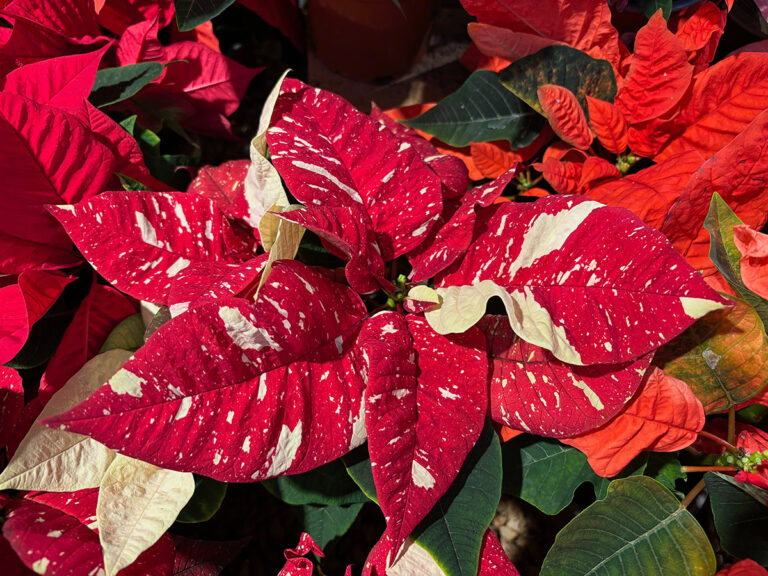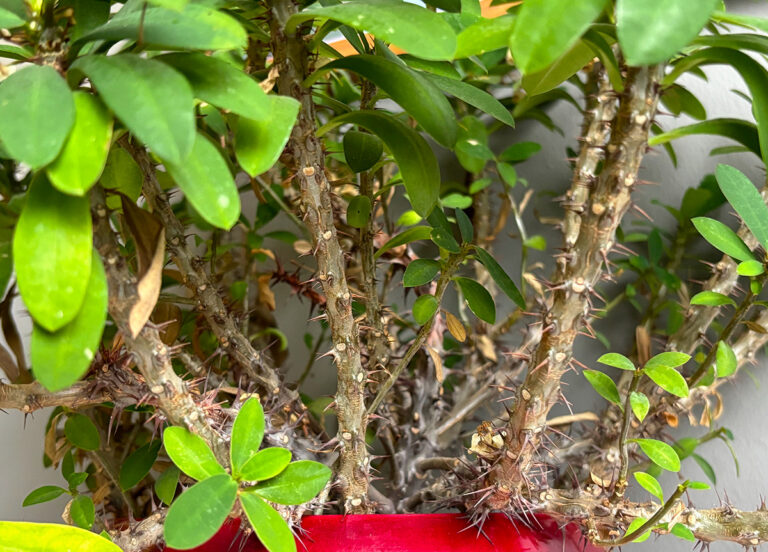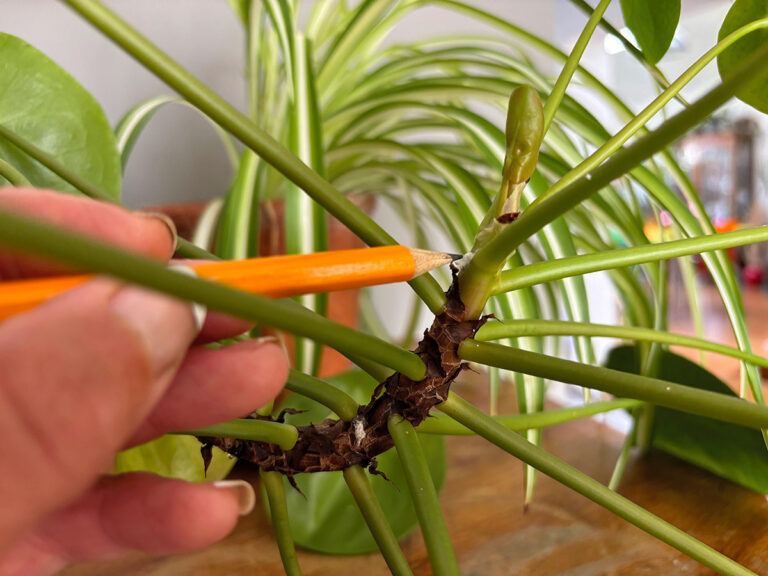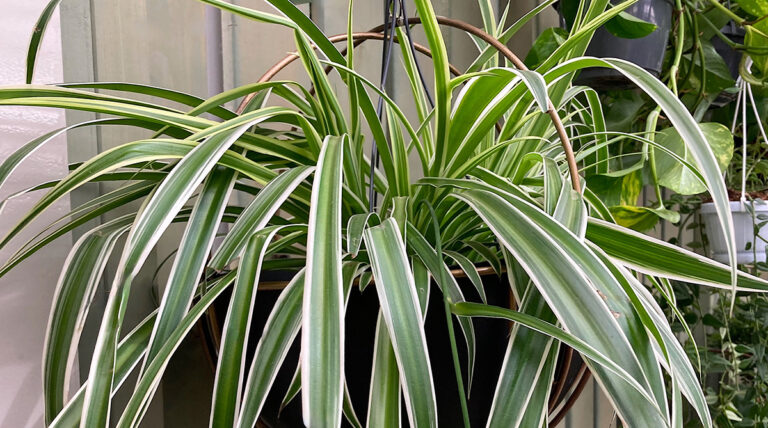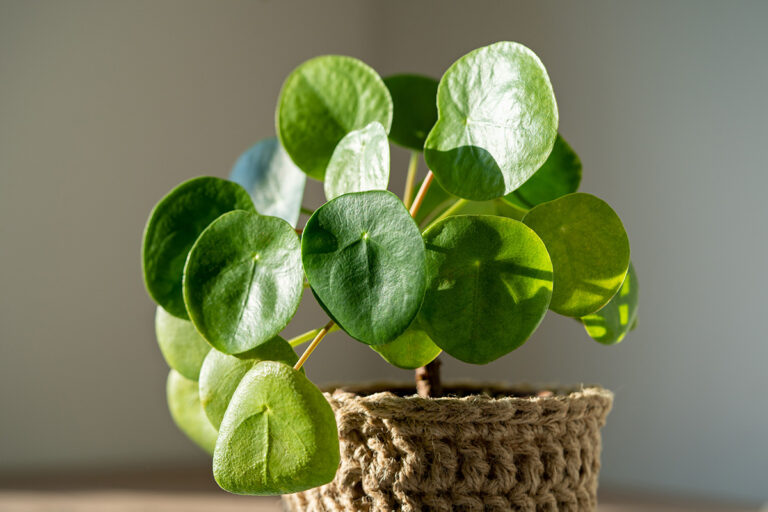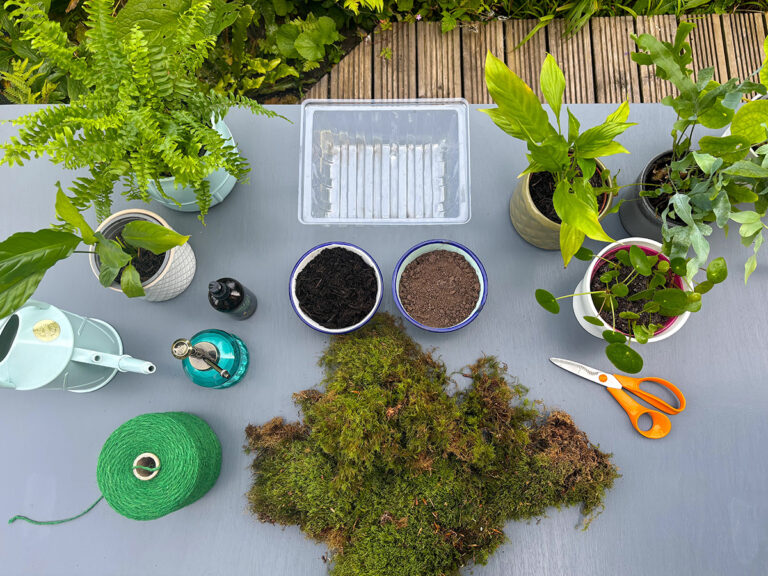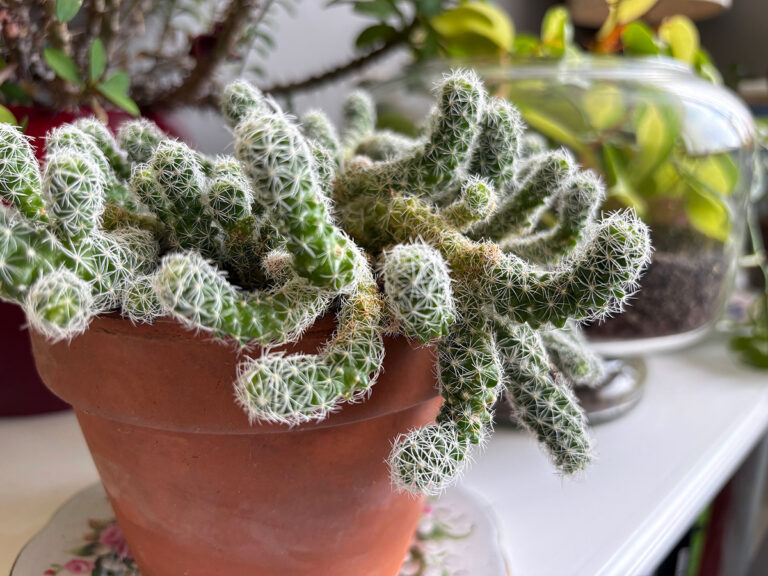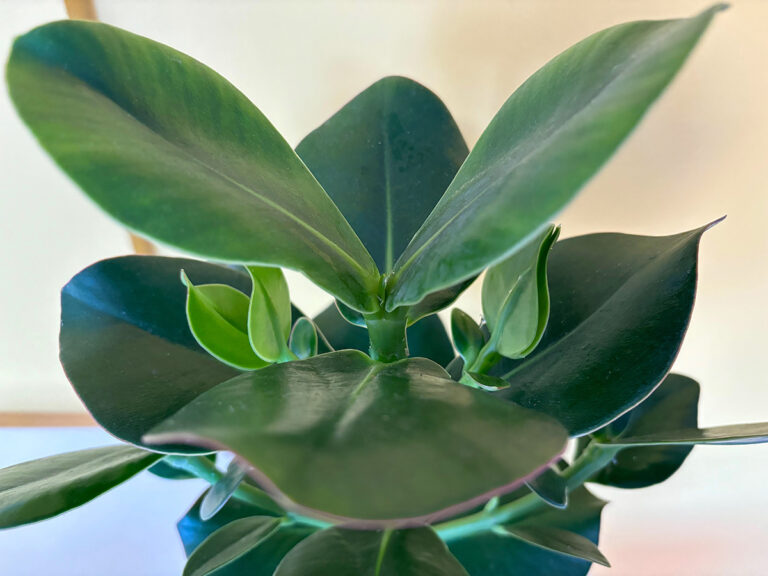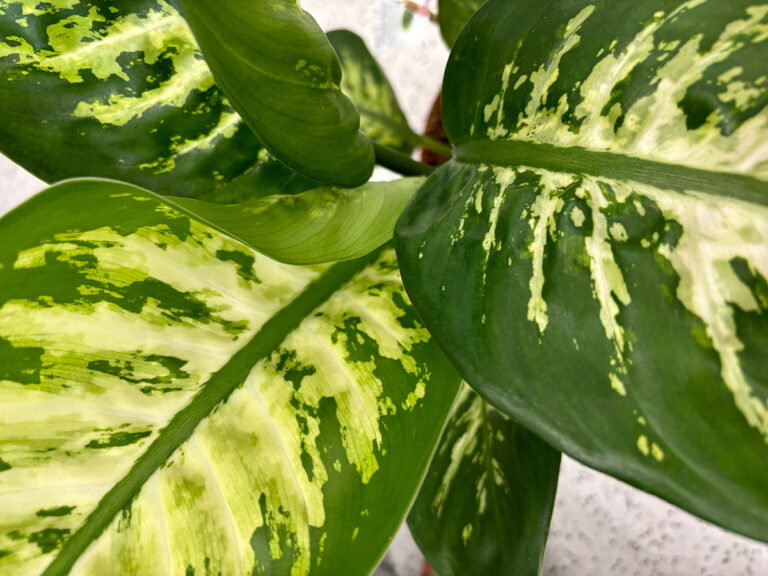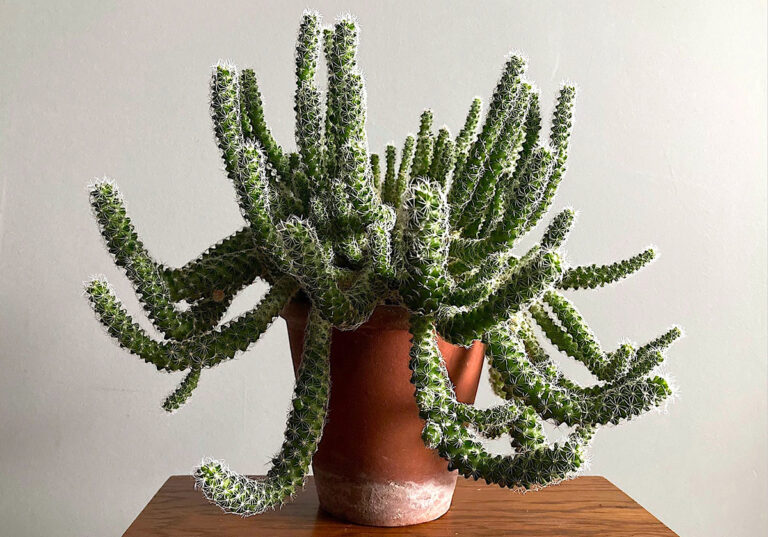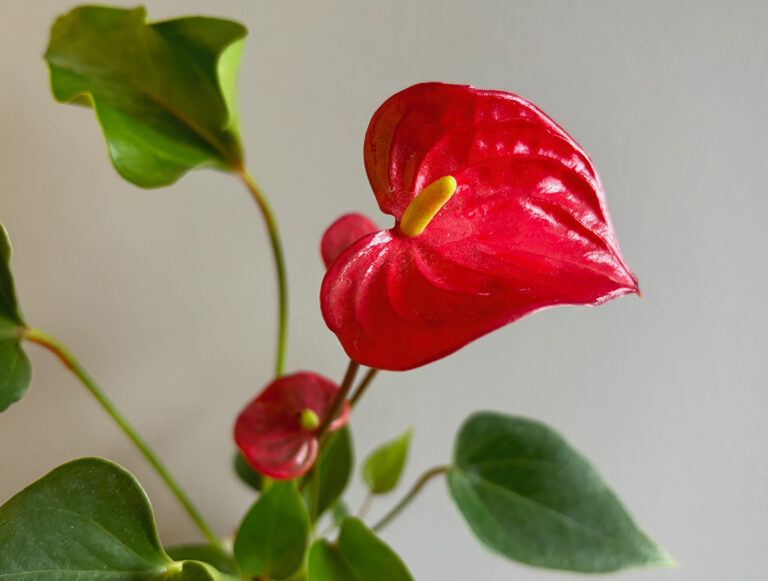There are various factors that have a big impact on houseplants but the big three are watering, temperature and of course, light. The amount a houseplant receives will make a big difference to its health, wellbeing and appearance. As a result, it’s best to ensure they are given a position that suits their requirements.
The origin of the plant gives a clue to the conditions its likes. For examples, many cacti and succulents are desert dwellers and they need a warm, sunny spot to thrive, while a lot of leafy specimens actually herald from tropical rainforests, where they grow beneath towering trees. As a result, they are happiest in shadier spots.
Right plant, right place
As far as I’m concerned, the key to success is to choose plants that suit your conditions or a specific location, rather than buying a plant on impulse and hoping it will succeed in a given spot. The good news is many houseplants are tolerant of a range of different light levels, making them easy to incorporate into any space.
Very few plants will actually do well on a south-facing windowsill, and most like bright, indirect light – you can achieve this by placing them close to a sunny window, where light will bounce off a wall painted a light shade. Another option is to place them in front of a north-facing window.
As light levels change during the year, it might be necessary to move plants. Over summer, houseplants set further back in a room will benefit from plenty of light. However, during the shorter days of winter, these positions will become shadier and plants will benefit from being moved forward to a brighter spot.
Problems caused by light
Unfortunately, too much or not enough light can have a detrimental effect on houseplants, so aim to avoid problems by placing them in a suitable position from the get go. However, if the plant is set somewhere unsuitable, they’ll soon let you know they are unhappy – move them to a better position and they should recover.
Symptoms of too much light
- Leaves shrivel up
- Wilting during the day
- Scorch damage to leaves
Symptoms of not enough light
- Plants don’t produce flowers
- Growth is weak
- Leaves start to yellow

